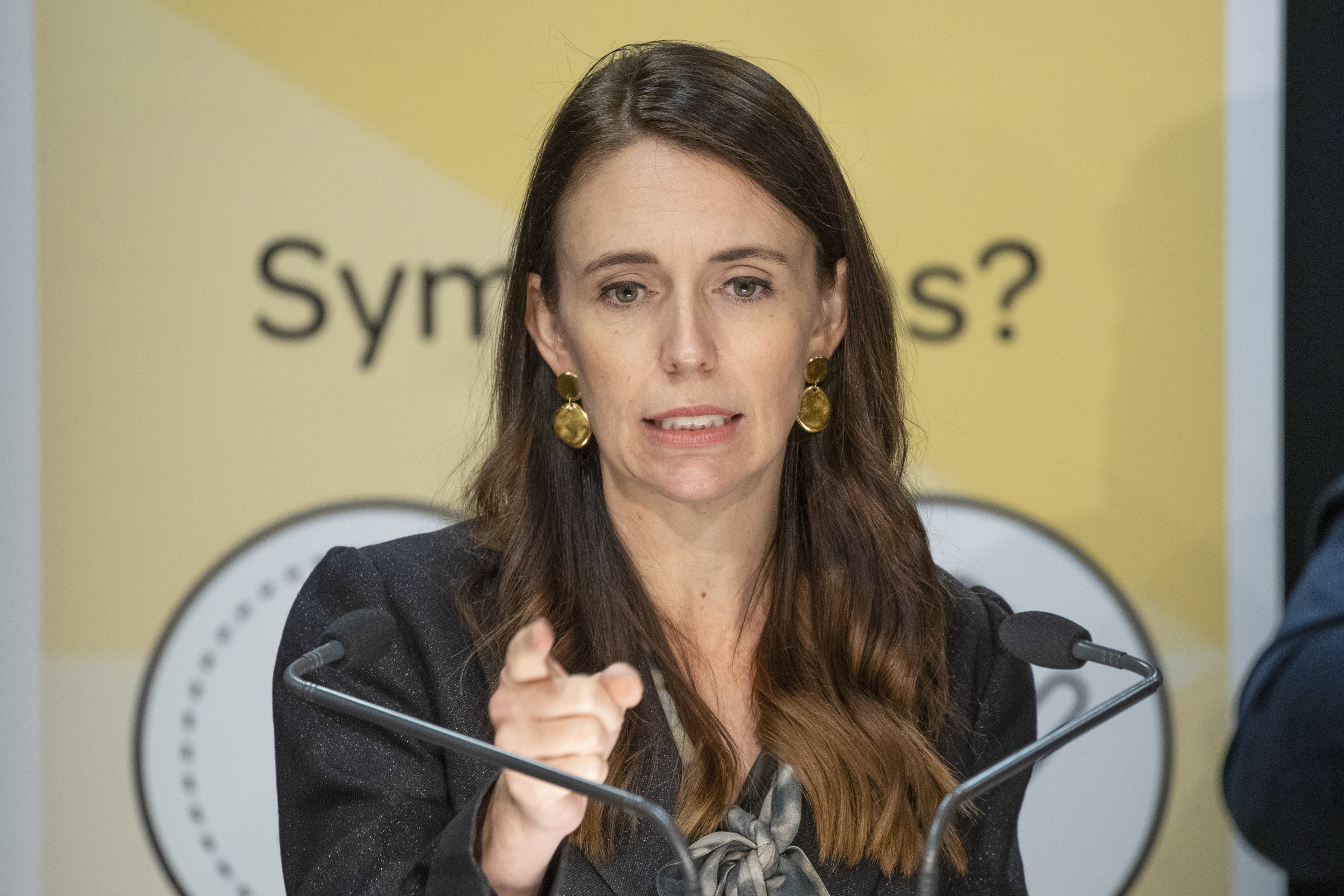© Turkuvaz Haberleşme ve Yayıncılık 2024
New Zealand is bringing forward the opening of its international borders to some travelers after more than two years of COVID-19 isolation, with Prime Minister Jacinda Ardern saying her nation was “ready to welcome the world back.”
The change means the end of some of the toughest border controls in the world during the pandemic, imposed as the government tried to keep the coronavirus out, and comes months ahead of the previous schedule.
New Zealand’s policies helped keep infections and deaths low. But with the omicron variant now rampant, criticism has grown as businesses, particularly tourism, and agricultural sectors see little value in staying shut off from the world.
Ardern told reporters on Wednesday an influx of tourists will boost the nation’s economy and that most travelers will be allowed to return by May.
The announcement brought forward the date that tourists from countries including the U.S., Canada, Britain and much of Europe can visit from the previously announced date of October.
International tourism used to account for about 20% of New Zealand’s foreign income and more than 5% of gross domestic product (GDP).
“Closing our border was one of the first actions we took to stop COVID-19 over two years ago, and its reopening will spur our economic recovery throughout the remainder of the year,” Ardern said.
Under the new timeline, tourists from Australia will be able to visit from April 12 and tourists from other visa-waiver countries can visit from May 1. Tourists from non-waiver countries – including India and China – will need to wait longer, unless they already have valid visitor visas.
Tourists must be vaccinated and test negative for the virus before leaving their home country and again after arriving in New Zealand.
“I know from visiting tourism operators, and talking to their staff, how tough these past two years have been,” Ardern said.
“And not only because of the massive loss of tourism revenue, but because we lost something we derived so much of our identity from.”

New Zealand is renowned for its beautiful scenery and adrenalin-inducing adventure tourism. The announcement comes as a timely boost to ski fields trying to plan for the upcoming Southern Hemisphere winter.
Over the past couple of weeks, New Zealand has been reporting about 20,000 new virus cases each day, its biggest outbreak since the pandemic began. The nation’s COVID-19 Response Minister Chris Hipkins on Wednesday became the latest high-profile person to test positive.
But experts expect the omicron outbreak to fade quickly from its peak, as it has in many other countries.
“Tourism operators finally have confirmation they can get back to business,” said Ann-Marie Johnson, a spokesperson for Tourism Industry Aotearoa.
“Tourism was the first industry to be affected by the pandemic and will be the last to recover. Tourism operators both large and small have made huge sacrifices but can now focus on rebuilding their businesses.”
The news boosted airline and travel stocks in Australia and New Zealand, with Air New Zealand up 2.2%, Qantas Airways rising 2.5% and Auckland Airport gaining 1.1% in afternoon trading.
Foreigners were previously banned outright from entering, and until the last month citizens looking to return had to either make emergency requests to the government or secure a spot in state quarantine facilities.
“While we know it will take some time to see tourism scale up again, today’s announcement will be a welcome boost for our tourism operators who have done it harder than many,” Ardern said.
Closed borders have had a significant impact on the economy, cutting off the supply of seasonal laborers from Pacific nations and reducing air shipping options, as well as halting international tourism.
Prior to border closures, tourism directly contributed around 5.5% of GDP, or around NZ$41 billion ($28 billion). A further NZ$11 billion was indirectly generated by the sector.
A return to pre-COVID-19 tourism levels remains a long way off. Chinese tourists, which made up around 11% of visitors previously, can't visit before October at this stage and others are expected to be more wary of traveling.
Lynda Keene, chief executive at the Tourism Export Council of New Zealand, said Australians are more likely to visit than other nationalities, and tourist numbers are not expected to return to pre-pandemic levels until the year ending May 2026.
Labor shortages should also start to ease with the opening of the border longer term, but for most of the viticulture and horticulture sector it's too late for this season with the harvest nearly done.
“It's good news, but there is a ‘but’,” said Chris Lewis, immigration spokesperson for Federated Farmers, who expects it will take until at least October before things really start to improve.
